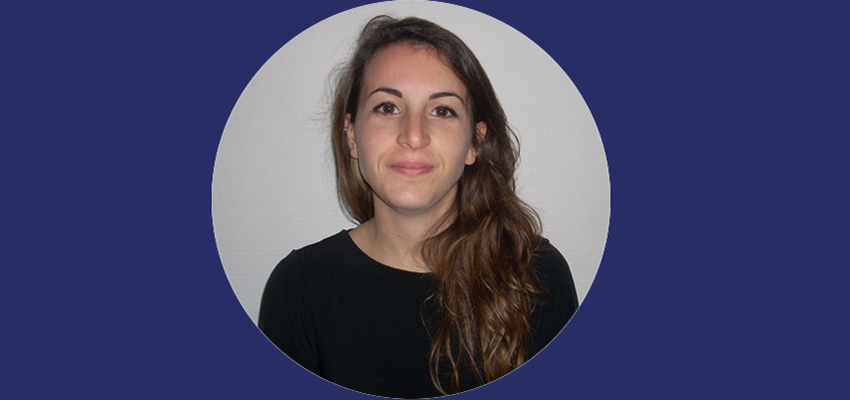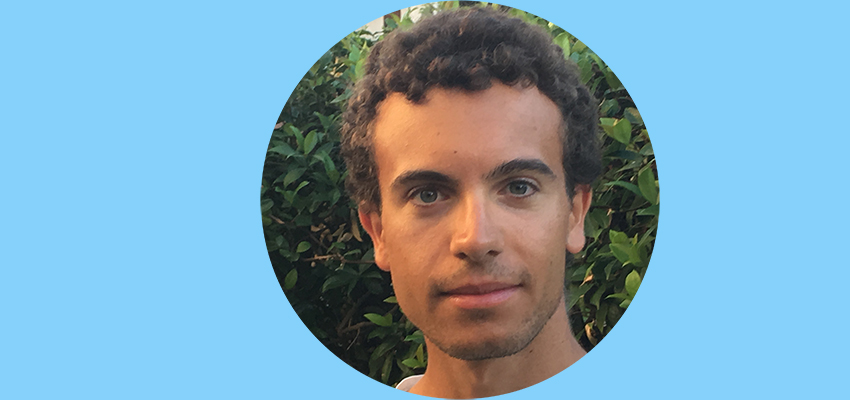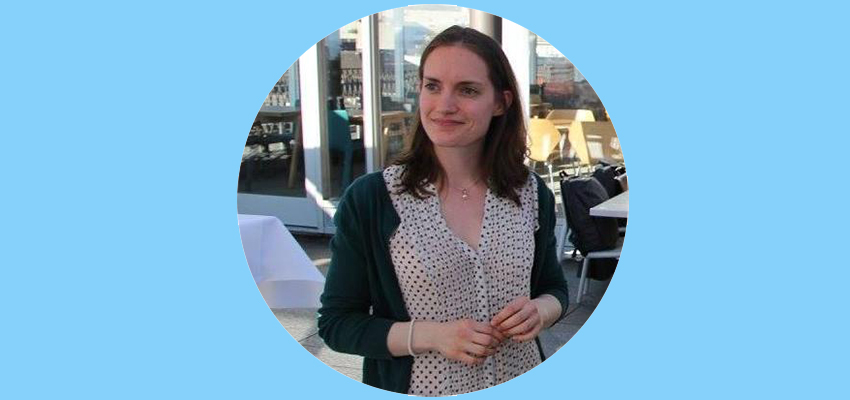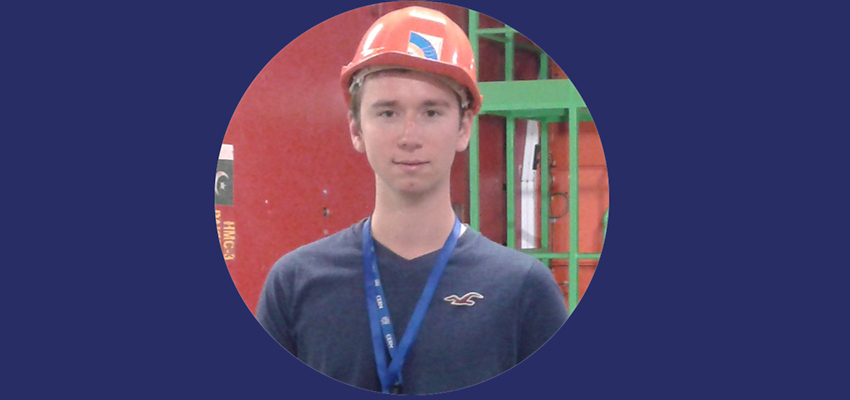
“Anytime there is progress it opens up possibilities”
Chiara Amendola is a 25-year-old PhD student at the Laboratoire Leprince-Ringuet (LLR) in Paris. Originally from the south of Italy, she did her pre-doctoral studies in Rome, and began her association with CMS while working on her master’s thesis.
“I spent nine months with CMS during my master’s studies. My thesis was on a search for dark matter produced at colliders, in the mono-Higgs channel. What this means is that we were targetting a signal with one Higgs boson produced in association with a lot of missing energy — so we looked for collision events where there was a Higgs boson surrounded by something that we couldn’t see with the detector, which could be the signal for dark matter.”

“In particle physics, you never do the same work everyday”
A 25-year-old from Italy, Marco Cipriani is a PhD student at the Sapienza University of Rome and the Italian National Institute for Nuclear Physics (INFN) in Rome. He has been a member of CMS since his master’s studies, although he decided to study particle physics itself just before getting into university.
“In high school, I was a little undecided between physics and chemistry; I knew I wanted to undertake scientific studies for sure but I was not sure about which sector of science. But at the end of high school, I attended some courses and lectures that were held at the Italian national physics laboratory in Frascati near Rome, and this was the experience that made me decide, OK, now I’m sure I want to do particle physics.”

“It’s inspiring to see people from different nationalities and cultures working for the same goal”
A German raised in Geneva, Maren Meinhard, who turned 25 a few days before CMS did, is a PhD student at ETH Zurich. Her proximity to the laboratory played a big role in influencing her to study particle physics.
“I grew up in the Geneva area which is why CERN was familiar to me since I was born. In 2004 I went to the Open Days for CERN’s 50th Anniversary. Even though it was a long time ago, I remember that they made some ice cream with liquid nitrogen, which was the first time I saw that, so it was really fascinating. This event also inspired me to go into particle physics. Later, I started my bachelor’s studies in physics at EPFL in Lausanne and then went to ETH Zurich for my master’s degree, where very interesting lectures about particle physics reignited my interest in it.”

“As human beings we have the power to question what’s around us”
Born in Poland and raised in Austria, 25-year-old Mateusz Zarucki is a PhD student at the Institute of High Energy Physics in Vienna, Austria. He was intrigued by the fundamental nature of the universe early on in life, which eventually led him to CMS, where he has been for the last two years.
“I really wanted to understand what interactions take place at the most basic level. I wanted to understand what is going on deep down, at the smallest scales. I did my master’s thesis on neutrinoless double-beta decay, which is particle physics but at a different energy than at the LHC. Since I wanted to try something different, while staying within particle physics, I turned to high-energy physics and I applied for a PhD to work on CMS data analysis.”
As young as CMS…
A handful of CMS members were born around the time the CMS itself came into being. They are as old (or as young!) as the collaboration they are now a part of. To give you a unique point of view of what it means to scientists in the early stages of their careers to be involved in such a long-standing enterprise, we interviewed a few of them. Find out more about what brought them to particle physics, what they work on in CMS and what they look forward to in the years to come.